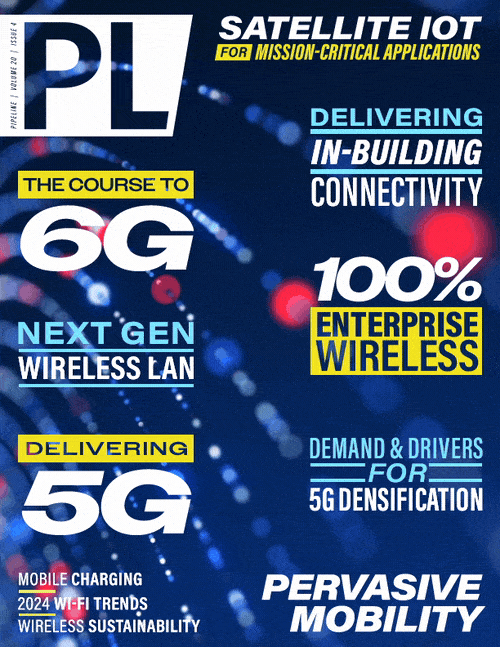Demand and Drivers for 5G Densification
Network Densification
As consumers use more and more applications on their devices, data consumption will continue to grow. To satisfy this data demand, MNOs will no longer be able to rely on macro sites only. Instead, investments to densify their networks in a way that ensures they can meet the latency, bandwidth, and capacity needs of modern technology users. They will need to deploy small cells to densify the network. Small cells, just like macro sites, require a considerable amount of CapEx. If every MNO built its own small cell network to meet their densification targets, they’d be left with a huge CapEx bill. What’s more, they’d also be faced with significant building regulation constraints to overcome, particularly in dense urban environments, where the right permits and licenses are required to deploy small cell sites.
This is where neutral hosts can help. The model makes it easier for MNOs to keep up with the data consumption growth without significant impact on their bottom line. A neutral host partner can alleviate the financial burden of infrastructure build out, help with overcoming regulatory challenges such as permits, and bring benefits such as colocation, whereby small cells from different MNOs can occupy the same site or a nearby site to save cost. These benefits also significantly help to speed up time to market for MNOs looking to roll out new services.
Unlocking Use Cases
If MNOs and public and private organizations are to embrace a neutral host model, we will see an interconnected future come to life underpinned by enhanced connectivity, one that will change the way we live, work, and play. In fact, several 5G use cases will transform a range of industries if 5G rollout continues at pace, underpinned by neutral host deployments.
One example is in venues and stadiums where 5G will enhance the fan experience to enable more immersive experiences. This will make events more engaging than ever before. 5G rollout and densification in and around venues is going to be key to making this a reality, especially as data consumption continues to grow at events and users want to experience concerts, games, and matches in new and exciting ways.
Within manufacturing facilities, 5G creates possibilities across various applications that were previously unavailable or, at the very least, not as extensive. Imagine crane automation on high-speed, low-latency production lines. The possibility of robots doing the same in logistics is also exciting. Integrated inventory systems solve the problem of tracking, sorting, and monitoring packages and shipments. In ports, there is a vast potential for increasing safety and security. It will be possible to monitor port activity based on real-time data.
We’ll also start to see more private network use cases in enterprises, schools, or hospitals, using 5G to provide both secure connectivity to unlock new services and the ability to better monitor the network. Whatever the use case, 5G will drastically improve efficiency and productivity across many sectors without impacting the bottom line.
Making the 5G Dream a Reality
Creating truly interconnected communities of the future will require 5G connectivity – indoors and outdoors, and in urban, suburban, and rural settings. But there’s no doubt that rolling out 5G networks is, and has been, challenging. It will continue to be a challenge as MNOs and both public and private sector organizations face mounting budget pressures. As we get closer to the 5G dream, reducing costs and increasing efficiency when deploying infrastructure will enable telcos, public, and private organizations to offer more services quickly and securely to their customers.
The neutral host model helps to overcome some of these common challenges associated with infrastructure build-out.
There are only upsides to creating a truly dense network. Not just for today but for the future of technological advancements.



















